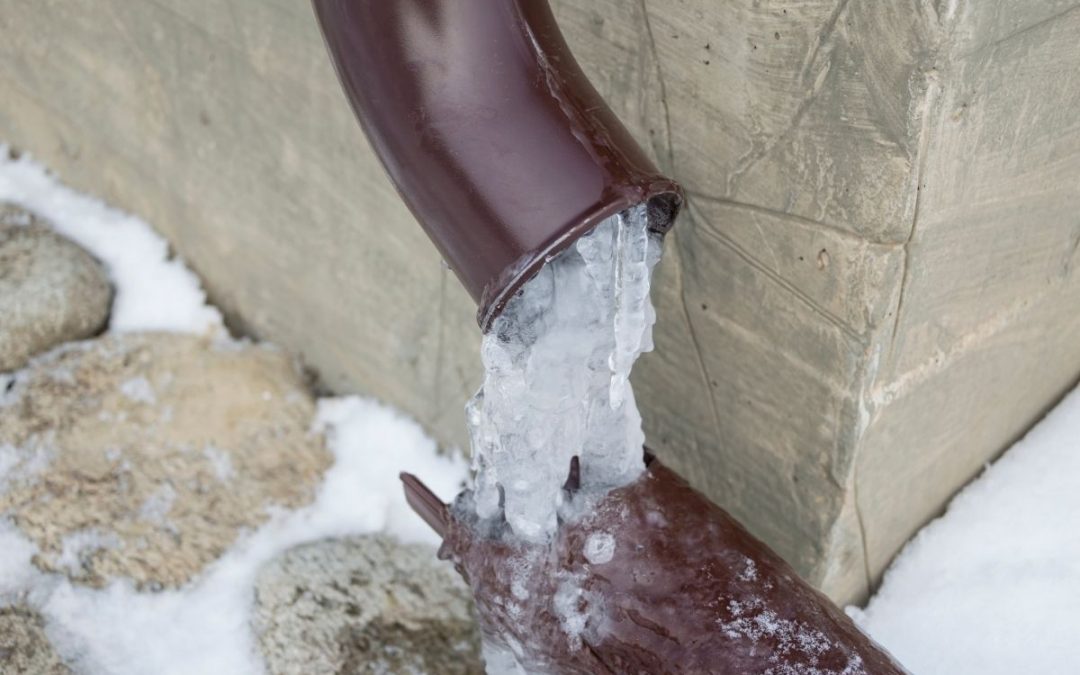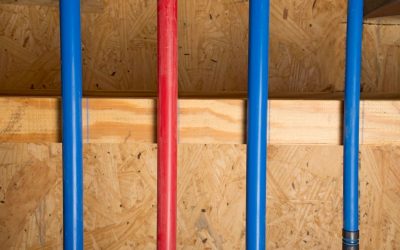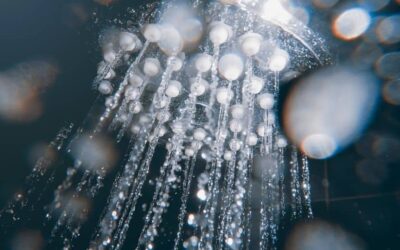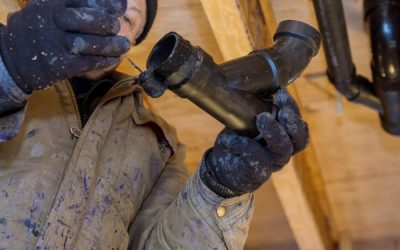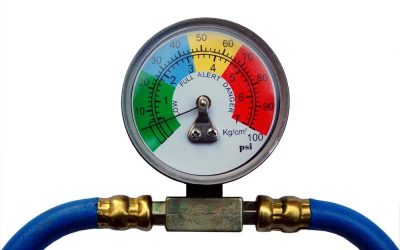Frozen pipes are a common occurrence, especially in places that experience harsh winters and really low temperatures.
The problem with frozen pipes is that they can burst or crack when the temperature rises as the weather turns warmer – and these broken pipes can lead to serious flooding issues.
If you have experienced this before, then you know how frustrating it can be to fix or replace a broken pipe so the sensible thing is to try and find out a way to unfreeze drain pipes so you can avoid these issues altogether – but how do you unfreeze drain pipes?
Well, we have all the answers you need right here!
Why Do Pipes Freeze And Burst?
Bursting water pipes are a common problem but the reason behind this is that a lot of people don’t understand why they just can’t apply direct heat to their pipes to unfreeze them – and then their pipes burst and flood their home.
So how does it work?
Well, a lot of people assume that the water trapped in the pipes as ice must expand and burst the pipes once melted but actually, the reason why thawed pipes burst is down to pressure.
Water molecules freeze in a hexagonal shape and this makes up more space than water molecules do in their liquid form.
As the ice expands due to this, it pushes more water towards the closed faucet and builds up more and more pressure there. Eventually, the pipe breaks and bursts.
This is why pipes burst in the areas where the ice is – because that is where the pressure is and further up the pipe, where the backlog of water is, this area is less likely to burst.
This means that the area you need to melt and thaw is where the ice actually is and this process must be done slowly as your pipes could already be damaged.
Slowly thawing the pipe will allow you to see a leak and stop the pipe from bursting from pressure. Other signs that your drain is damaged includes water pooling in that area and hearing a faint hissing or trickling sound.
Frozen pipes are caused by exceptional cold weather for your area and some ways to avoid this issue from happening include keeping your house as warm as you can and to insulate your pipes and tanks.
It’s also recommended that you do not turn off your heating if you are expecting serious cold weather – just keep it on low so the water is still running in the pipes and less likely to freeze.
Water that is left to stand is way more likely to freeze when the pipes are cold – and that’s how frozen pipes start.
How To Unfreeze A Drain Pipe
The damage caused to your property and plumbing from frozen pipes can be huge, so it’s important to remember to unfreeze your pipes when facing extreme cold weather – and luckily, this process is super easy that anyone can do it.
First, you will need some hot water.
Fill up a pot with water and heat it up on the stove. If your pipes are frozen, however, then you might not be getting any water from your faucets.
If there is a stream of water coming from your faucet but the flow is weak, then keep it running until your pot is halfway full.
If your home is completely without water, then you can either try and ask a neighbor for some water or run down to the store to get some bottled water.
Alternatively, you can try melting some snow from outside if there is any (just make sure the snow is relatively fresh).
Once your water begins to boil on the stove, then carefully and slowly pour it down the drain. The heat will thaw out your pipes and also clear your drain from any blocks of ice within.
Keep up this process until the drain is back to normal function and is flowing easily. If your faucets are working, then you can run warm water instead to make sure that the drain is completely free of ice!
What To Do If You Have No Water
If your pipes are completely frozen throughout your home and you have no heating or running water, then you will have to try out this method which will take some time.
What you need to do is heat up the pipes to unfreeze them safely, reducing the risk of them breaking or bursting. The issue is that you cannot apply direct heat – this is what causes pipes to break! So, instead heat up the general area.
The first step is to turn on the faucets so any water from the melting ice has somewhere to flow and leak out.
Then, use a space heater or a hairdryer and warm up the area around your pipes. This will allow them to thaw over a period of time and for the water to have enough time to flow out of your home’s pipes.
This will reduce their chances of bursting or breaking – but it’s best to check your pipes for any damage.
What To Do If Your Pipes Burst
If your pipes burst due to freezing temperatures, then you should shut off your water and call an emergency plumber immediately. They will be able to help you fix your broken pipes and prevent future damage.
You should never attempt to repair a burst pipe yourself unless you’re a qualified professional. It’s very dangerous and can cause further damage to your home.
Conclusion
So, these were our top tips for how to unfreeze your drains and pipes in winter or unusually cold weather.
Hopefully, they helped you avoid any problems with your plumbing system and kept your home safe and sound during the harsh winter months.
Remember to follow our tips when it comes to avoiding frozen pipes and if you are ever in doubt, just call up a plumber and they will take over.

